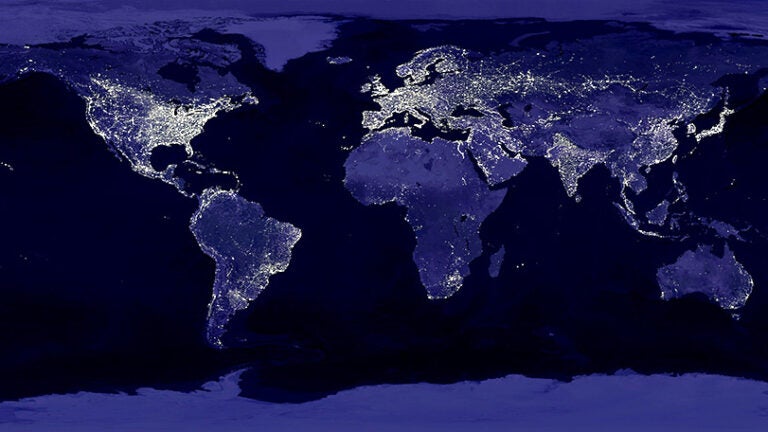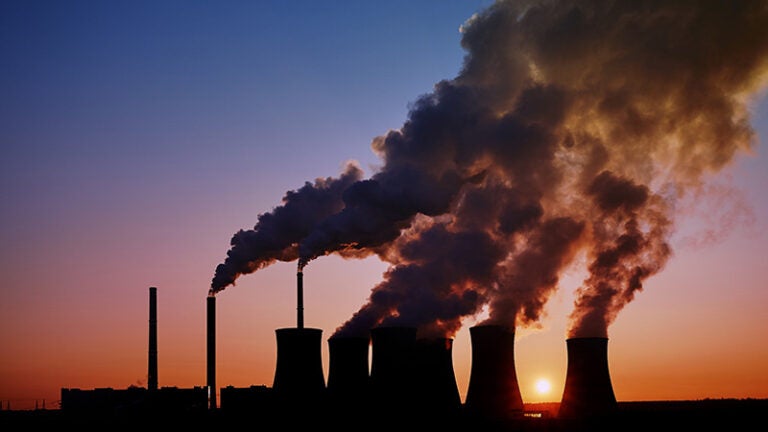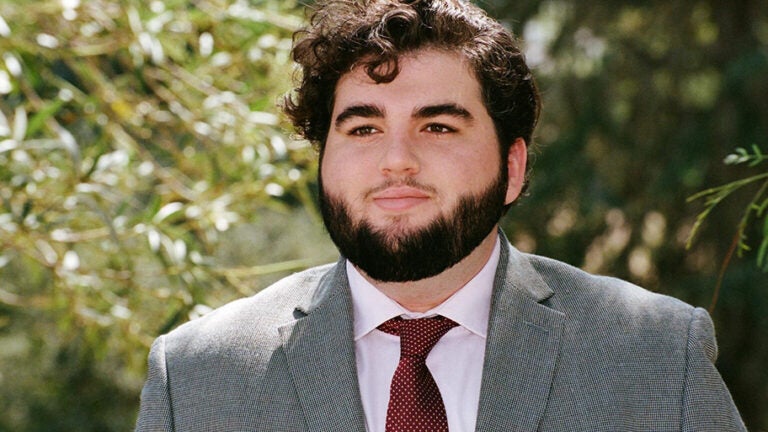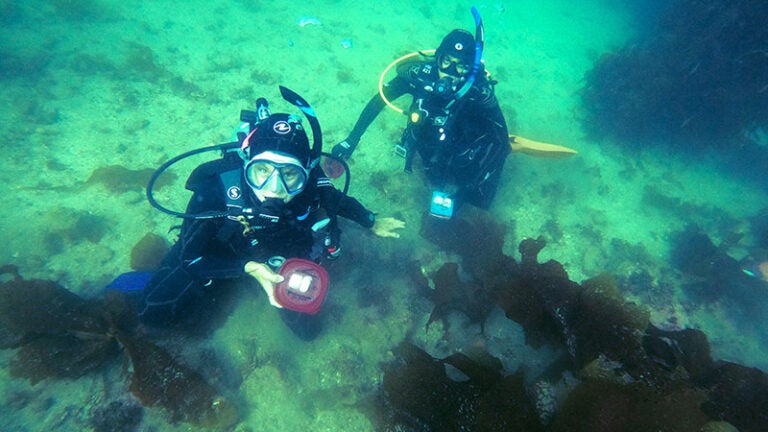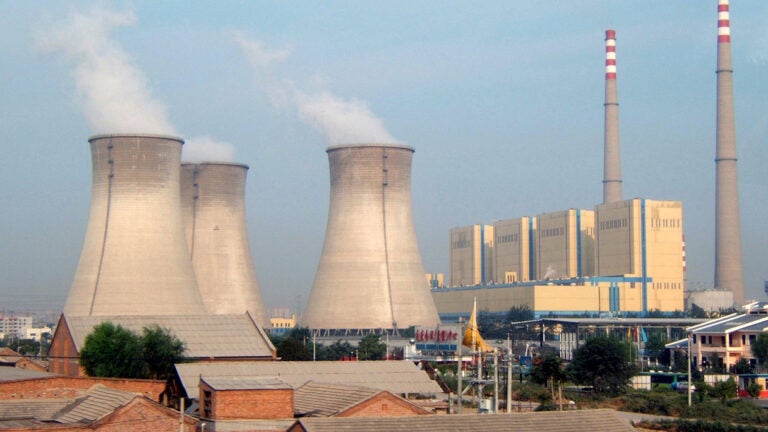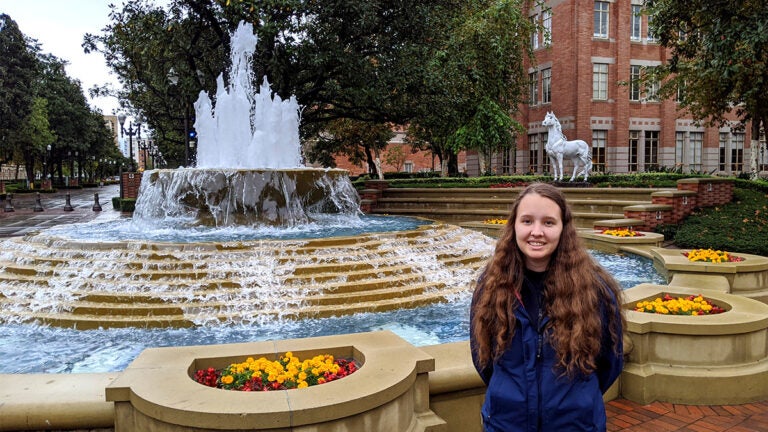Researchers 50 years ago warned that unchecked consumption could crater the world economy by 2100. Decades and much debate later, can humanity innovate quickly enough to avoid that fate?
USC Dornsife News
Because of humans, the concentration of planet-warming carbon dioxide in the atmosphere is now 50% higher than before the industrial era and these gases are raising Earth’s temperature.
Murad Jah has been a research assistant for the COP26 conference for a year. Now he’s got a virtual front-row seat for the event. [2½ min read]
Students scuba dive, snorkel and collect samples from the sea to solve problems such as how kelp’s circadian rhythm works and where sea cucumbers thrive best. [4 min read]
The new EH MATTERS fellowship gives students from underrepresented groups a chance to conduct research on environmental health and safety issues. [3¾ min read]
Though marine life may benefit from the influx of iron, USC Dornsife scientists reinforce that the pollution from burning coal will have an adverse effect on human health. [2 min read]
Despite widespread agreement among most Americans that climate change poses a threat, Washington has stalled on the issue. How do we move forward? [1½ min read]
Isabella O’Brien turned discarded oyster, clam and mussel shells into a means to deacidify ocean and lake waters. [4 min read]
From environment to family, transportation to health care, from work and leisure to what we’ll eat and how we’ll age, USC Dornsife faculty share how they think our future world will look. [11 ½ min read]
Contact USC Dornsife News
Media Inquiries
Contact Ileana Wachtel
